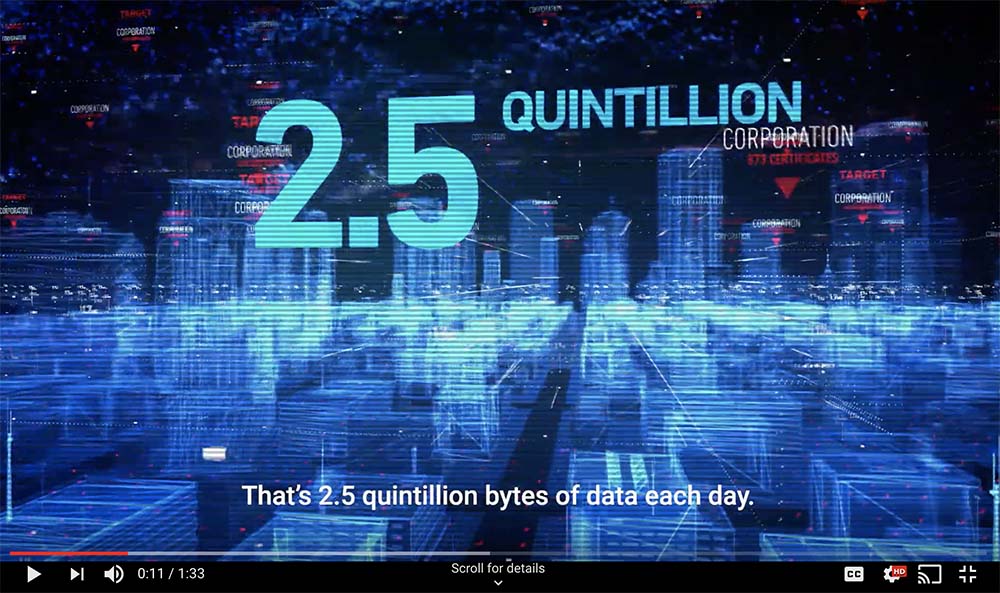
In a world of hyper-connectivity and massive data production – 2.5 quintillion bytes are created each day – keeping infrastructures safe is a massive challenge. Point of reference: a quintillion is the number 1 followed by 18 zeros: 1,000,000,000,000,000,000.

Every day, we use tools intended to make our lives easier and more efficient. To enable this, we rely on the free flow of data between people, devices, and applications.
From our home to our workplaces, connectivity is ubiquitous. Connected vehicles and public transit move us from here to there. Our laptops, phones, and “smart” devices keep us connected through technology and social networks. Even medical devices like pacemakers and insulin pumps constantly monitor and share health information over open networks.
The truth is, virtually everything and everyone are connected. Corporations spend millions on their networks—building, managing, and making them secure. Still, the risk of security breaches or network and application outages has never been higher. It’s not a question of IF a breach will happen, but WHEN. Bottom line: it’s a question of how prepared any given company is to handle it.
Some of the world's largest, most powerful corporations—Equifax, Asus, and Ericsson (News - Alert) among them— already have been victims of breaches, with disastrous results. If they were breached, how confident are you that YOUR business is safe?
Your organization may feel protected under layers of security, but the reality is that security is defined by trust. When that trust is broken, breaches and outages become all too real. The Exposure Epidemic—like any widespread, growing disease—subjects everyone to infection.
Because of the dramatic proliferation of connected devices and apps, combined with corporations' constantly changing business operations, huge amounts of data are passing through millions of connecting points. This vast data exchange has exponentially increased the cyberattack surface and the risk of breaches. The rise of quantum computing with its immense power is already making current cryptographic and algorithms obsolete.
So how did these high-profile corporate breaches happen? How is it possible that a medical device could be hijacked? The simple answer is digital certificates. Like the usernames and passwords we utilize each day, digital certificates are used to secure devices and applications. When digital certificates are mismanaged, the consequences can be epic:
- 148 million Equifax customers suffered a breach that went undetected for months, all because of a single expired certificate.
- One expired certificate was also to blame for a day-long outage affecting more than 60 million mobile network users in the U.K. and Japan.
- Hackers hijacked an unprotected ASUS key to push malware to more than half a million unsuspecting users of its manufactured devices.
- As the IoT advances, the risks move from business to life-critical. Medical devices, for example, become new targets for hackers to manipulate or hijack.
Sadly, what happened with Equifax is not uncommon in most organizations today. Digital certificates are critical to corporate security. Burgeoning technology and outdated methodologies make security ripe for ineffectiveness at many organizations.
Without proper management, keys and certificates intended to build trust between devices, users, and applications can all too quickly become liabilities. Compromised keys can be "weaponized" against the organizations; across the board, expiring certificates bring down mission-critical applications.
In companies of all sizes, management of digital certificates often is overlooked or forgotten. Hence, the Exposure Epidemic. We simply cannot allow ourselves to fall victim to these preventable risks.
